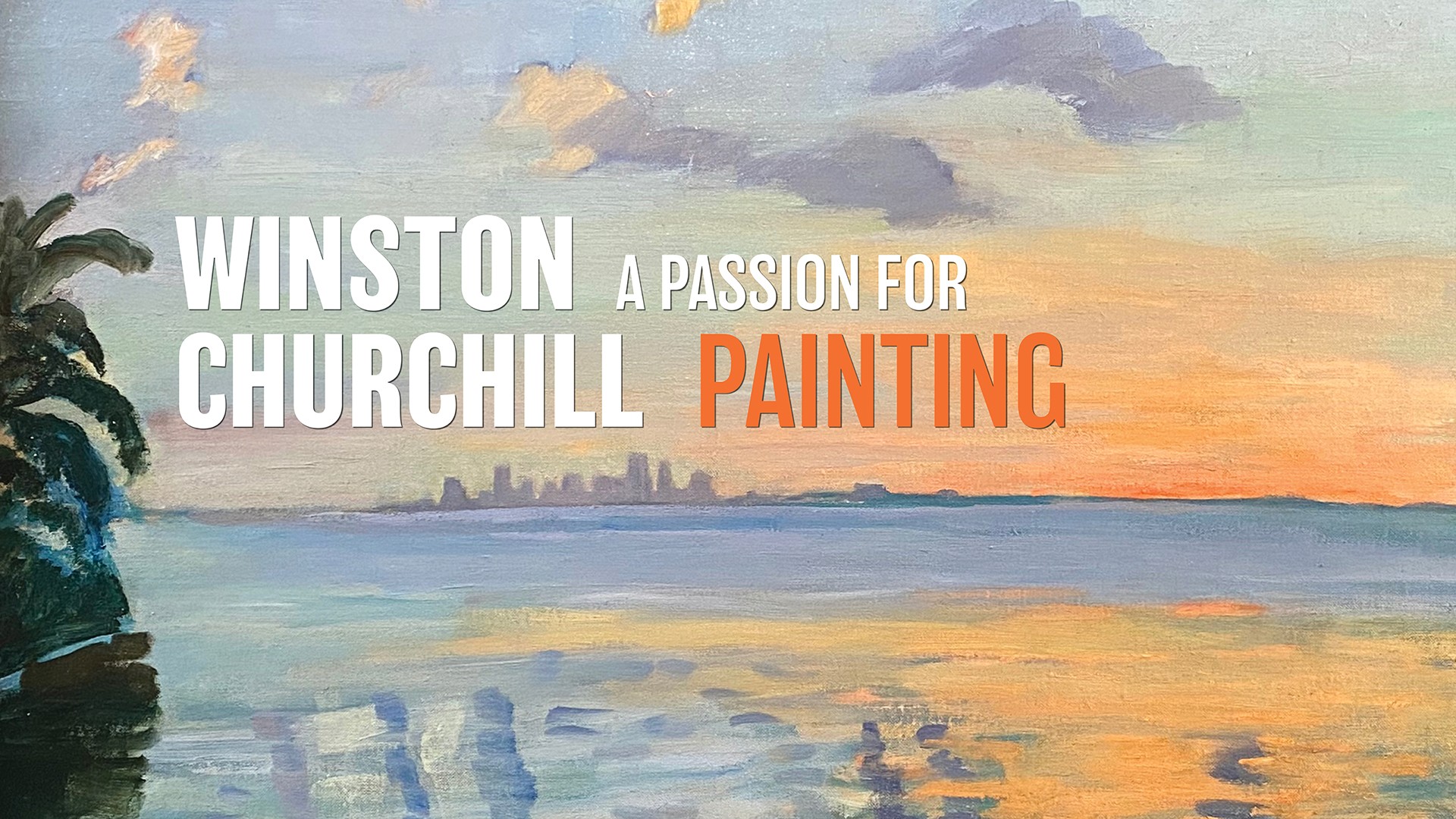
"At Blenheim I took two very important decisions: to be born and to marry. I am happily content with the decisions I took on both those occasions."
— Winston Churchill
This special exhibition, featuring objects from the collection of America’s National Churchill Museum and select loans from private collections, explores Churchill's enduring admiration for Blenheim Palace, the ancestral home of John Churchill, the 1st Duke of Marlborough and one of the grandest homes in England.
This exhibition is made possible by the Anson Cutts Fund for America's National Churchill Museum with cooperation from Blenheim Palace.


A self-proclaimed pastime painter, Winston Churchill did not put brush to canvas until the age of 40. Although he received no formal training as an artist, he pursued his hobby with characteristic passion, and it became a lifelong interest.
A 1920 essay, which later became the basis for his book Painting as a Pastime, serves as Churchill’s personal credo on the creative process and recounts the origins of his interest in painting. The essay describes how, in 1915, Churchill was pressured to resign his position as First Lord of the Admiralty following a disastrous campaign in the Battle of Gallipoli during World War I. "I had great anxiety and no means of relieving it," he wrote. With "long hours of unwonted leisure in which to contemplate the frightful unfolding of the war," he turned to painting as a means to clear his mind and relieve his stress — an antidote that served him throughout the remainder of his turbulent career.
A Passion for Painting brings together in one gallery all the Churchill paintings in the collection of, or on loan to, America’s National Churchill Museum. It includes remarkable new acquisitions Beach at Walmer, painted in 1938 on the eve of World War II, and Firth of Forth, depicting the coast of Scotland around 1925.
This exhibition is dedicated to the memory of Catherine Churchill (1968-2022), whose contributions to the study of Churchill paintings were many and brilliant. Made possible, in part, by the Anson Cutts Fund.
“Leave the past to history especially as I propose to write that history myself.”